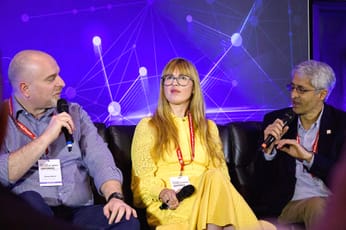Slaying the e-mail monster
I’ve been staring at an unusual sight on and off over the last 18 hours or so:

Yes, I’ve hit inbox zero. And I need to keep as close to this as I can. Here’s why:
My working life is about as complex as it has ever been right now. I’m balancing a four day week with multiple clients doing different sorts of work for each. That’s a secure position – it would take a lot of clients dropping me at once to create a financial threat – but it’s hard to manage. Sequential “large jobs” are much easier that the rapid task switching I’m doing right now.
The only way I can keep on top of this is to let go of one of my worst habits: using my in-box as a “to-do” list, as Neil Perkin reminded me yesterday:
It’s easy to get into the habit of using your inbox as staging for inbound tasks yet conflating email and task management is actually a really bad idea – not least because inboxes are not designed to be to-do lists, and using it as such means that you have to reassess every time you look at your email and also that what goes onto your to-do list is effectively at the behest of other people, not controlled by you.
So that beautifully clean in-box does not reflect a lack of things to do – just that I’ve moved those things to do into a better system for managing them. (I’m using a combination of Evernote and Clear at the moment – but that’s fodder for a different post.) But it does mean that I’m feeling much more relaxed. I’ve got a lot to do – but I know what I have to do, and it’s clearly delineated for me. Opening my e-mail is no longer a short cut to guilt and stress – and that’s healthy.
We’ll see how long I can maintain this, but in theory, if I maintain discipline in the period when I address e-mail, it should flow reasonably easily from here.
Sign up for e-mail updates
Join the newsletter to receive the latest posts in your inbox.










